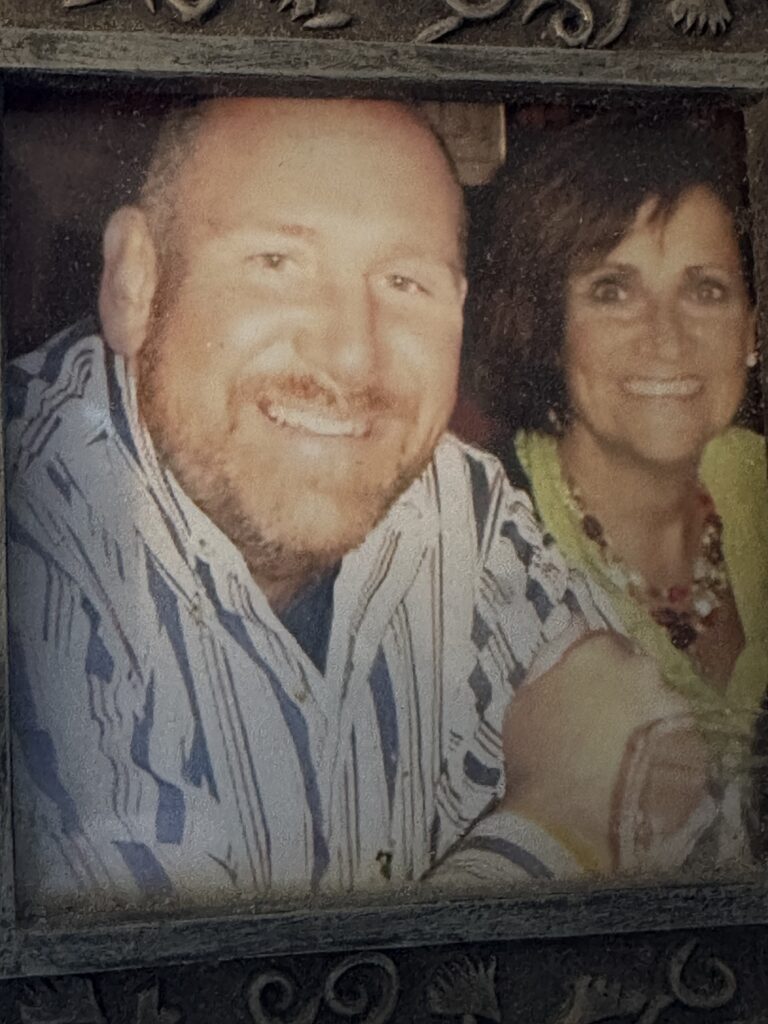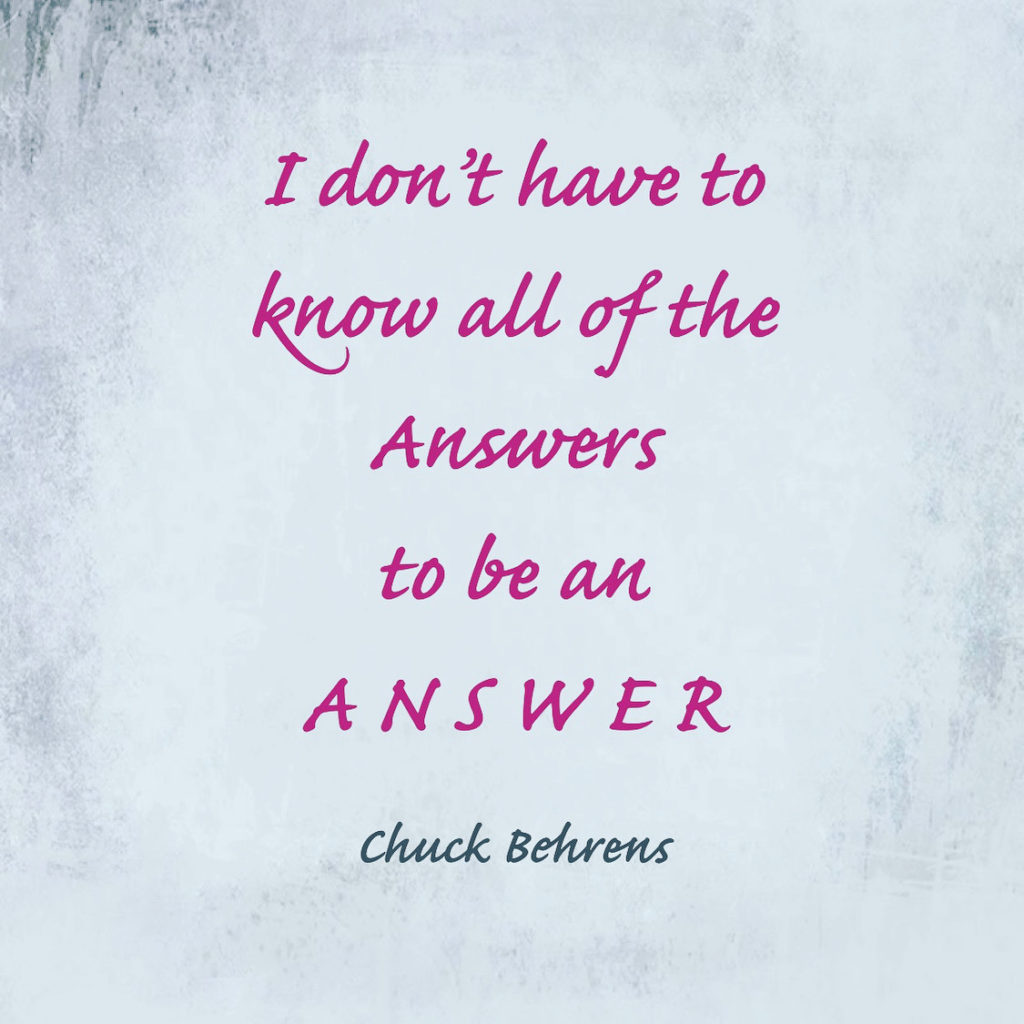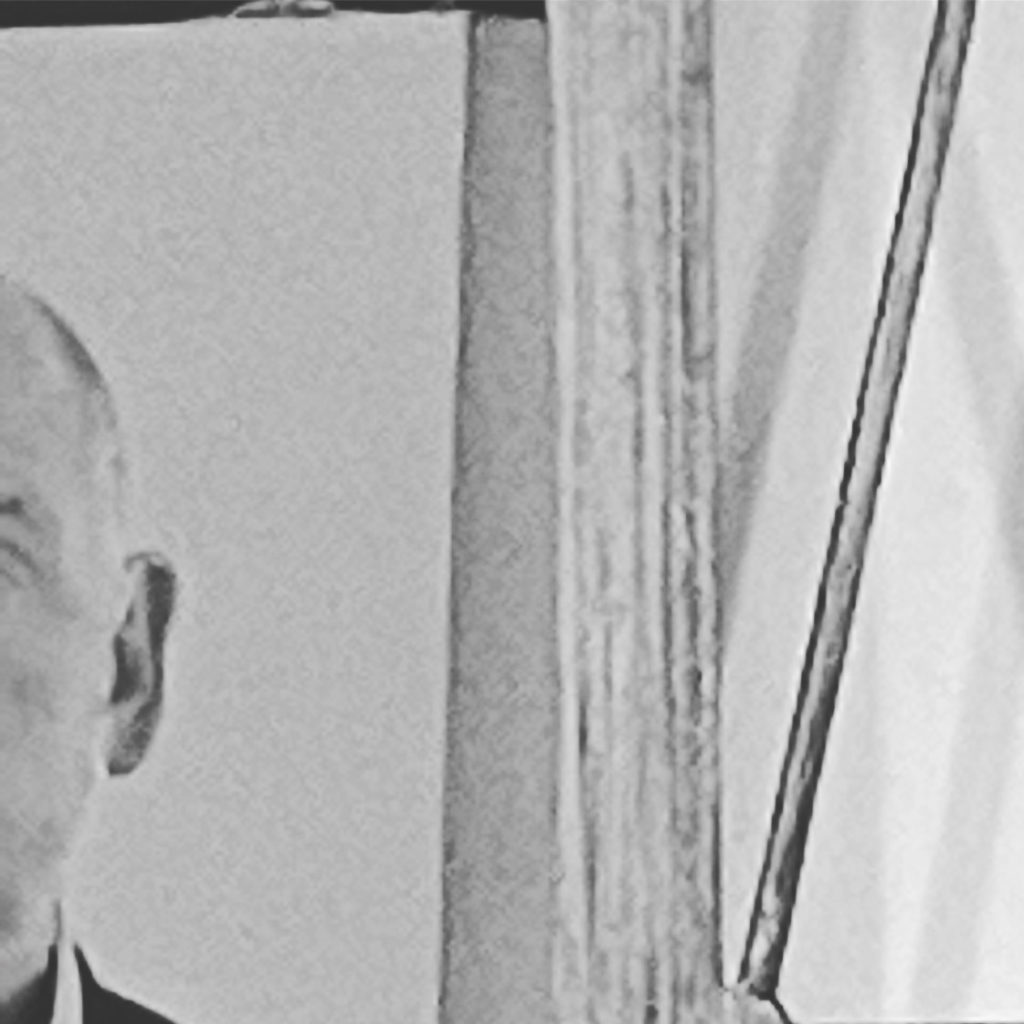So here’s the deal, this is the week of Erin’s and my anniversary.
37 Years
on Thursday
(and counting)
All three of my Blog posts this week will center around
ANNIVERSARIES
RELATIONSHIPS
OTHERNESS
that can never be achieved as a Solo Flier. . .
And though you may feel like getting an extra order of hotcakes
(with all of the syrup flowing)
just grab another cup of coffee
or a cold glass of iced-tea
and spend some intentional moments
with ONE
who makes moments Momentous. . .
 AND FOR THE RECORD:
AND FOR THE RECORD:
THERE’S NEVER ENOUGH SYRUP. . .
KEEP IT FLOWING
LOVE LANGUAGES
It’s really east to spell:
L O V E
but do you really speak its
L A N G U A G E (S). . .
Is There Science Behind the Five Love Languages?
Despite how popular love languages are, there is little research to support the framework. . .
Gery Karantzas, Ph.D., is currently a professor and director of the Science of Adult Relationships (SoAR) Laboratory in the School of Psychology at Deakin University. He is also a couples therapist and was the former national convener of the Australian Psychological Society Psychology of Relationships Interest Group. He just recently pulled back the curtain, once again, on the Language(s) of Love
Love languages—the concept coined by Baptist pastor Gary Chapman some 30 years ago—has taken the relationships world by storm. It’s often the “go-to” topic on first dates, and, for those in relationships, love languages are said to provide deep, meaningful, and reliable insights into how relationships function. Putting love languages into action is believed to increase relationship happiness.

The concept clearly has appeal. At last count, 20 million copies have been sold worldwide of Chapman’s 1992 book The 5 Love Languages: The Secret to Love That Lasts. The book has been translated into 49 languages.
There is only one catch. There is little evidence to support the idea that love languages are “a thing,” or that love languages do much of anything to help improve relationships.
There is only one catch. There is little evidence to support the idea that love languages are “a thing,” or that love languages do much of anything to help improve relationships.
What are the love languages?
According to Chapman, there are five love languages. Each of these love languages is a way to communicate your love to your romantic partner.
In his role as a Baptist pastor, Chapman had been counselling couples for years. It was through his observations of couples that the idea of love languages was born.
He believed love languages were an intuitive and simple way to teach couples about how to tune into each other’s ways of expressing love. And so, he began running seminars for husbands and wives, and the popularity of his seminars grew.
The five love languages are:
- acts of service (doing something that helps a partner, such as running an errand)
- physical touch (demonstrating physical affection, such as giving your partner a hug or kiss)
- quality time (spending time together and giving each other undivided attention)
- gifts (giving your partner a present that communicates thoughtfulness, effort, or expense)
- words of affirmation (such as expressing your admiration, or complimenting your partner).
Chapman suggests that people typically use all love languages, but that most people tend to rely on one love language most of the time. This is referred to as a person’s primary love language.
According to Chapman, people are more satisfied in their relationships when both partners match when it comes to their primary love language. However, people experience less satisfaction in their relationships when both partners do not share the same primary love language.
Another important aspect of the love languages concept is that relationships are likely to deliver the greatest satisfaction when a person can understand their partner’s love language, and act in ways that “speak to” their partner’s language. In essence, this idea is about tuning in to what a partner wants.
This is an idea that has existed across many models and theories about how relationships function well. That is, responding to a partner in a way that meets their needs and wants makes a person feel understood, validated, and cared for.
What does the evidence tell us?
Despite the popularity of the theory of love languages, only a handful of studies have been conducted and reported over the past 30 years. Research is largely inconclusive, although the balance sways more toward refuting rather than endorsing the love languages concept.
Let’s start with how love languages are assessed. In popular culture, the Love Language QuizTM is an online questionnaire that people can complete to find out about their love languages. Despite millions of individuals having taken the quiz (according to 5lovelanguages.com), there are no published findings as to the reliability and validity of the measure.
Researchers have developed their own version of the love languages survey, but the findings did not meet the statistical thresholds to suggest the survey adequately captured the five love languages. Also, their findings did not support the idea that there are five love languages.
Furthermore, a qualitative study, in which researchers coded the written responses of undergraduate students to questions about how they express love, suggested there may be six love languages. However, the researchers reported difficulty agreeing on how some of the students’ responses neatly fitted into Chapman’s love languages, particularly in the categories of “words of affirmation” and “quality time.”
Next, let’s turn to research testing a core premise of the love language theory: that couples with matching love languages experience greater satisfaction than those who do not. Evidence for this premise is very mixed.
Three studies, including one that used Chapman’s Love Language Quiz, have found that couples with matching love languages were no more satisfied than couples who were mismatched.
However, a more recent study found that partners with matching love languages experienced greater relationship and sexual satisfaction than partners with mismatched love languages. This research also found that men who reported greater empathy and perspective taking had a love language that better matched the language of their partner.
Finally, what does the research say about whether having a better understanding of your partner’s love language is linked to higher relationship satisfaction? Only two studies have investigated this question. Both found that knowing your partner’s primary love language did predict relationship satisfaction in the present or into the future.
So, as you can see, not only is there very little research investigating love languages, but the research to date doesn’t strengthen belief in the powerful properties of love languages.
 COULD IT BE
COULD IT BE
THAT THE GREATEST WAY TO SAY,
“I LOVE YOU”
is still the way you
SHOW IT
and not the way you
s p e a k
i t. . . ?

A CARING (DARING) CATALYST

EVERYONE RECOGNIZES HIM. . .Right?
ANY GUESSES. . . ?
In 1976, Shavarsh Karapetyan, an Armenian Olympic swimmer, had just completed a 12-mile run with his brother when they saw a trolley bus crash into a dam reservoir. The trolley bus sank 80 feet offshore at a depth of 33 feet. Shavarsh immediately dove in and swam to the bus and despite zero visibility, managed to kick in the back window, injuring himself in the process. He proceeded to save twenty people trapped in the bus, one at a time, for hours.
The combined effect of the cold water and his inquiries from breaking the glass window led to his hospitalization for 45 days after the incident, during which time he developed pneumonia, sepsis, and lung damage which ended his athletic career.
For years, his story wasn’t known, until an article about the event identified him by name in 1982. In 1985, he happened to pass by a burning building and rushed inside, again saving people trapped inside one at a time until he collapsed. He was again hospitalized with severe burns and lung damage.
He’s still kicking it at 66. . .Just a person. . .an awesome person that I just learned about the other day who made me think about a person, just another about to be 66 year old, ME(a-not-so-awesome-person); who may make you think about another (not-always-so-awesome person) YOU. . .

We are not often called or put in a situation to dive into freezing waters and kicking windows in or running into burning buildings and saving people at the risk of our own peril but that doesn’t mean we’re not called constantly to be caring, compassionate, loving, accepting, forgiving and giving of everyone we possibly may meet who’s not drowning in the water or burning in the fire but going through tremendous amounts of unseen hurt and personal tragedy. . .
To be
THAT PERSON
THAT CARING CATALYST. . .
ARE YOU THAT PERSON?
Psssssssssssssssssssssssssssssssssssssssssssssssssssssssst:

Never let a half picture
tell a whole story
. . .be the FILL
in the in-betweens of
Another’s Life. . .
THAT IS NOT
being heroic
THAT IS BEING
A CARING (DARING) CATALYST
YOUR TICKET
We’ve all got a
T I C K E T
and the biggest question is:
ARE YOU CASHING IT IN?
GIVING IT AWAY?
TICKET. . .WHAT TICKET?
Most of us are trying to hold open a door
that doesn’t exist
for folks who
need more than an opening
to go forward. . .
We’ve got to get past
doing for others
what we’d want done for
o u r s e l v e s
to
DOING FOR OTHERS
WHAT THEY TRULY WANT DONE
for
T H E M S E L V E S
It’s time to
CARING CATALYST UP
and Verb up
K I N D N E S S. . .
DARE
to make Another feel
that real Kindness is
giving up something you need
yourself
(all-ways)
Toughest Job
https://www.youtube.com/watch?v=HB3xM93rXbY
Is it the worst job ever?
To be sure, it’s ONE job, few would ever apply, accept, or keep…and yet, there are well over a billion that holds the actual gut-wretching-never-ending position.
And to that there are only Two Words, never said enough days before, Day of, or days after. . .
T H A N K Y O U.
Go hug a mom…and if you can’t. . .
HUG A CHILD OF ONE–hard and just a little longer than usual!
…happy mother’s day–Every Day!
